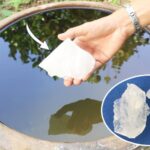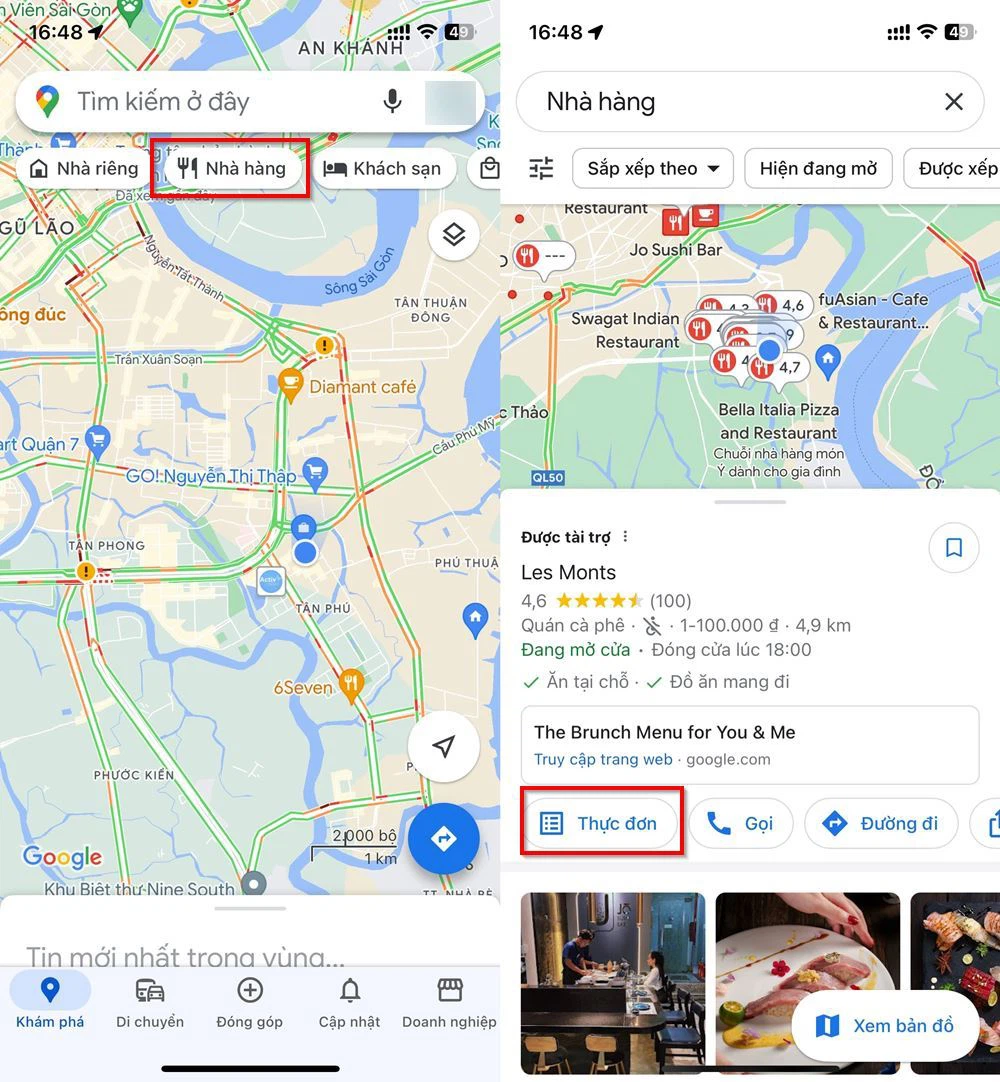Making caramel sauce is not difficult, but it does require a few tricks. Typically, when making caramel, many people add sugar to the pan and wait for it to melt and turn a reddish-brown before adding water. However, chefs believe that doing so can easily lead to burnt sugar if you don’t control the heat or add water in time. So, when is the right time to add water to prevent bitterness? Read on to discover the chef’s secret.
Preparation:
– Rock sugar or white granulated sugar, water
Instructions:
Start by adding a small amount of cold water to a pot and then pouring in the rock sugar. Rock sugar is the preferred choice for making caramel sauce as it produces a brighter red color than white sugar, which tends to yield a darker, more intense color. According to chefs, the reason for adding a little water with the sugar is to help control the caramelization process, ensuring even heating. This makes it easier to manage the heat and prevents the caramel from burning and turning bitter.
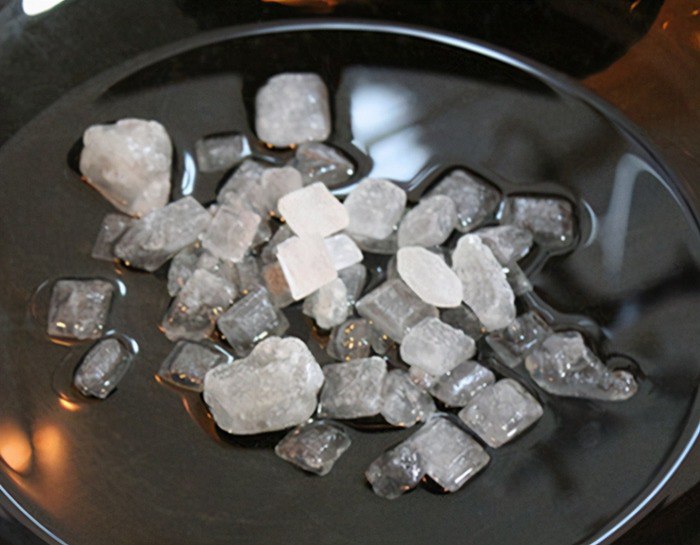
The most important thing to note when cooking caramel is temperature control. High heat can lead to burning, while low heat may cause the sugar to crystallize. The ideal heat setting is medium to low.
– Cook the sugar and water over medium to low heat, stirring continuously with a wooden spoon until the sugar has completely dissolved. At this point, the sugar water will start to turn a yellowish color and form large bubbles, eventually transforming into a caramel color (a shade of brown).
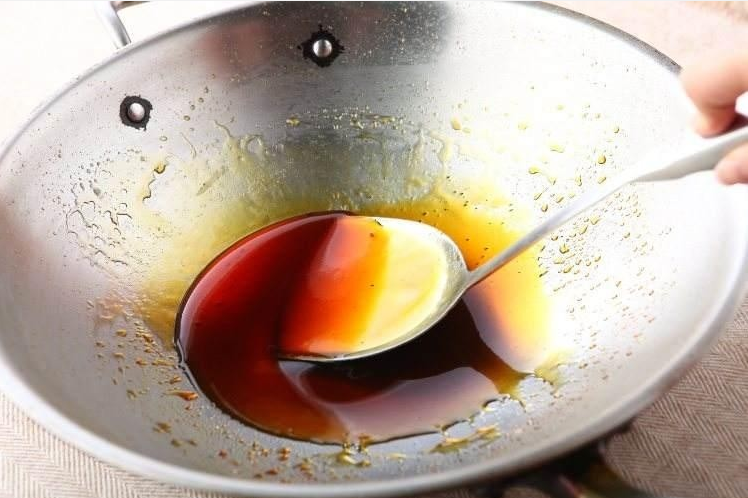
At this stage, you can turn off the heat. Continue stirring with the residual heat in the pan to prevent the caramel from burning and to develop a pleasant aroma. Cooking at high temperatures increases the risk of bitterness and burning.
– After turning off the heat and stirring for about a minute, add an appropriate amount of boiling water. Note: Do not add cold water, as it will cause the sugar to harden. Once you’ve added the hot water, turn the heat back to medium-low and continue cooking. The caramel sauce will start to boil and form large bubbles. Keep stirring until all the bubbles have disappeared, and you’re left with a deep red sauce. Your caramel sauce is now ready! Turn off the heat, allow it to cool, and use it for cooking.
Note: If you prefer, you can leave the heat on low after the sugar has turned caramel-colored, but be sure to add boiling water and increase the heat to bring the sauce to a boil before turning off the heat.
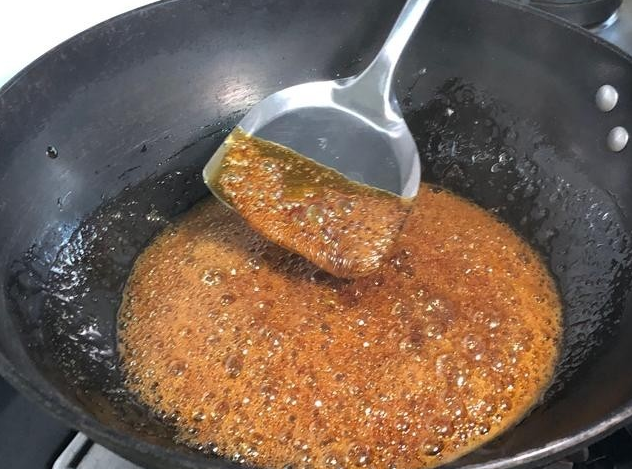
Good luck, and happy cooking!
The Ultimate Guide to Braised Pork Belly: A Hearty and Flavorful Dish for a Cozy Rainy-Day Meal
The tantalizing flavors of braised pork belly have long been a staple in Vietnamese cuisine. This hearty dish, known as ‘thịt kho tàu’, is a flavorful masterpiece that deserves a place in your culinary repertoire. With its tender, melt-in-your-mouth meat and a rich, savory sauce, it’s a dish that demands attention. Today, we’ll guide you through the art of crafting this delicious delicacy, ensuring your taste buds embark on an unforgettable journey.


























